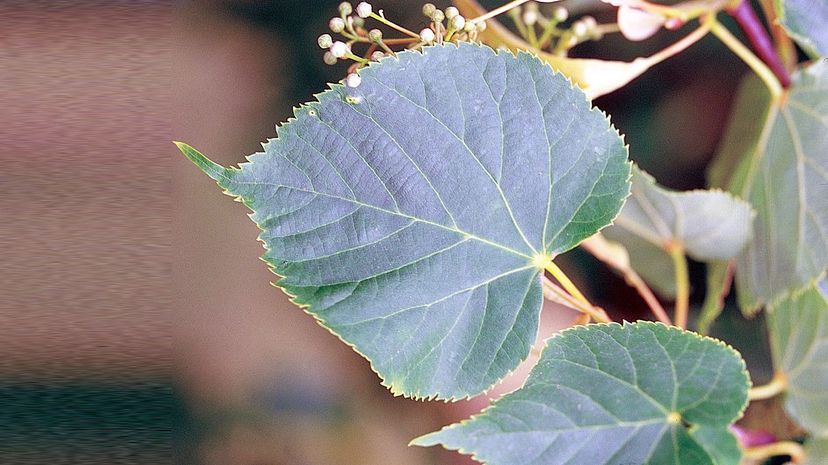
About This Quiz
An acre of trees can remove nearly 3 tons of carbon dioxide from the atmosphere every single year. It can also produce enough oxygen for 18 people in that same time period. That's just a single acre. The Amazon rainforest is the largest forest in the world and covers about 1.7 billion acres. That's a lot of oxygen and a lot of CO2 being cleaned up. So if you haven't done it before, take a minute to appreciate just how incredible trees are and what they do for the world we live in.
In the world of nature, we tend to focus most often on the animals around us as they seem the most interesting in many ways. Of course, even in the plant world, it's often fruits and vegetables and flowers that get all the attention because they look fancier in most people's eyes. But the beauty of trees is not to be underestimated. From lilacs to tulip trees to cherries and apples, there are countless trees that offer both beauty and sustenance. Not to mention all the things we rely on trees to produce, from wood to paper to things like flavoring for barbecue sauces. Trees deserve some respect and recognition. The question is how many can you identify? It's time to find out!
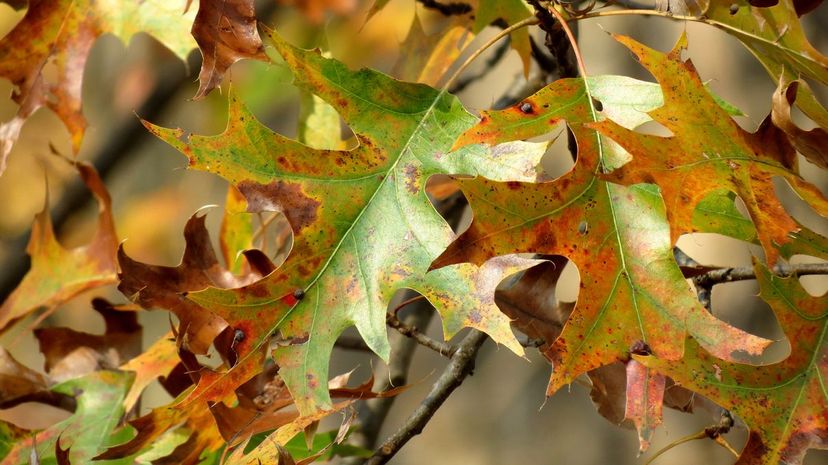
Scarlet oaks are popular for the reason you might expect. In the fall, their leaves turn a rich, brilliant shade of red. The wood is sometimes sold too but it's not really high-quality stuff for building, so best to just enjoy it for the color and some shade on a hot day.
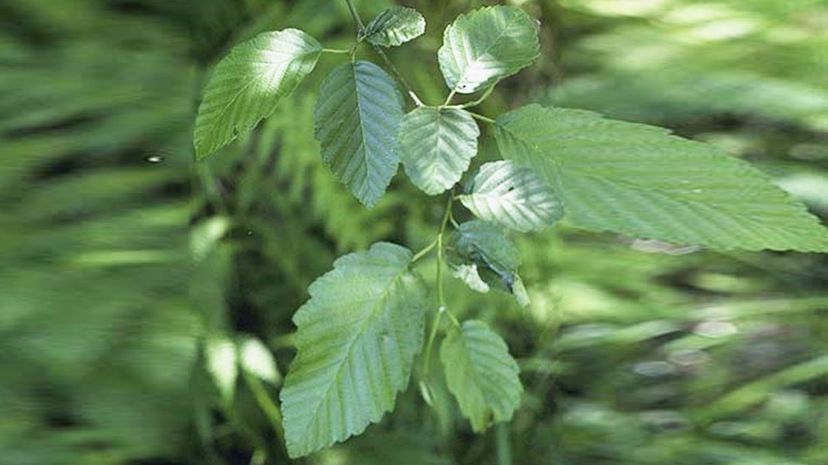
Red alder gets its name not from bright red leaves as you might expect but from its bark. When the trunk is cut or scratched, it forms a bright red wound-looking scrape. They also grow long reddish colored flower clusters called catkins that are very distinctive to the tree.
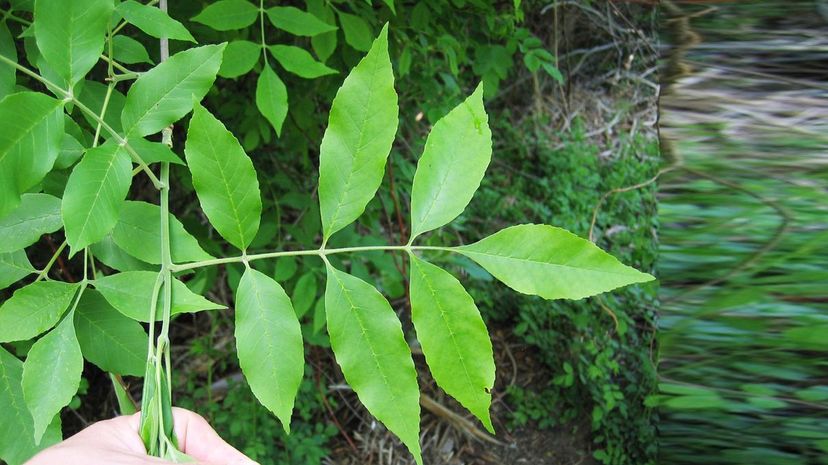
Green ash and American elm used to be the number one and two trees most often planted throughout North America, as they grew quickly and could stand up to the wear and tear of city life well. Dutch elm disease put a stop to the planting of elm and now the emerald ash borer is taking its toll on green ash trees.
Advertisement
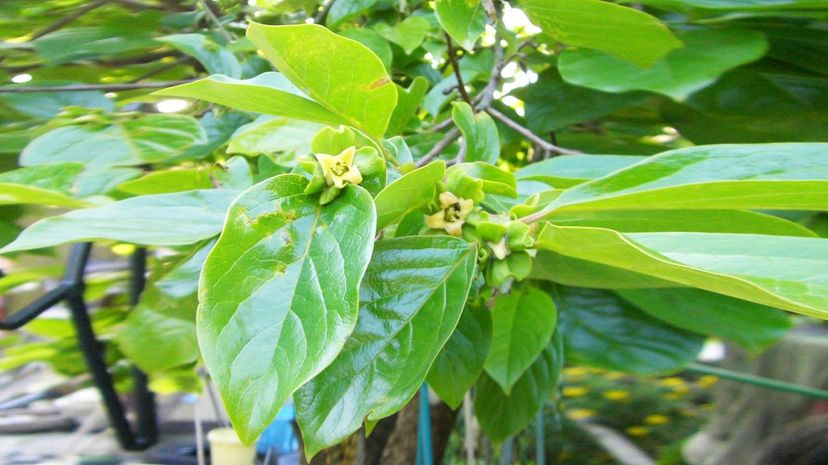
Persimmon trees are clearly most well known for the fruit they bear; the persimmons. Some varieties look quite a bit like tomatoes while others are much lighter orange. The wood of the tree can be used for a variety of jobs such as pool cues, drumsticks and the heads of golf clubs.
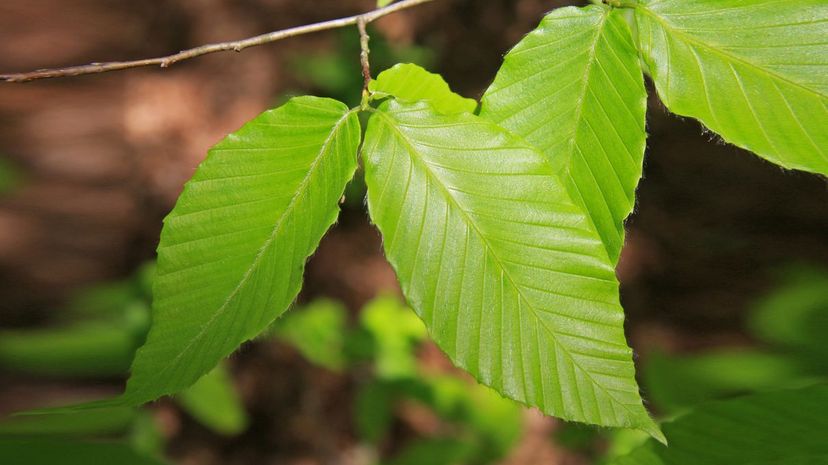
If you've ever seen furniture made from a single piece of bent wood there's a good chance it was made of American beech. When steamed, beech takes very well to being bent. It also makes one of the best trees for carving on, in the off chance you need to carve your initials somewhere.
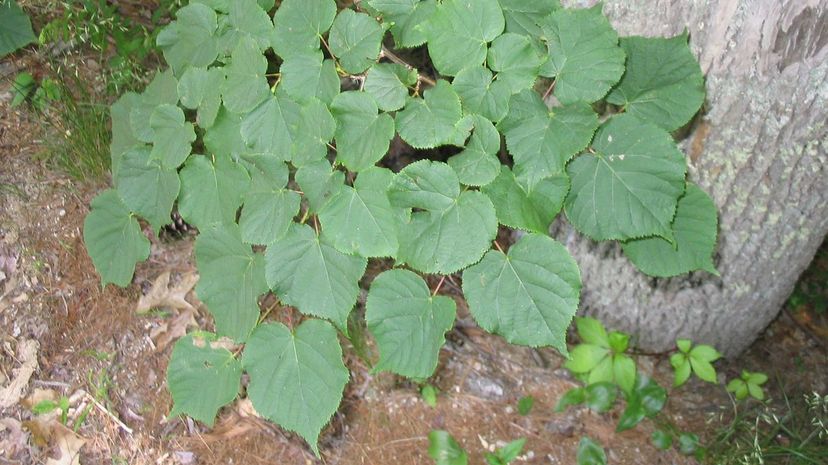
The American basswood got the nickname humming tree because pretty much everything in nature loves to eat these things. Bees will attack the flowers while many other insects and even small mammals eat things like the bark and the seeds.
Advertisement

Yellow birch trees are a long-lived species, with some of them ranging from 150 to 300 years old. It actually takes 40 years of growth before these trees will even begin to seed.
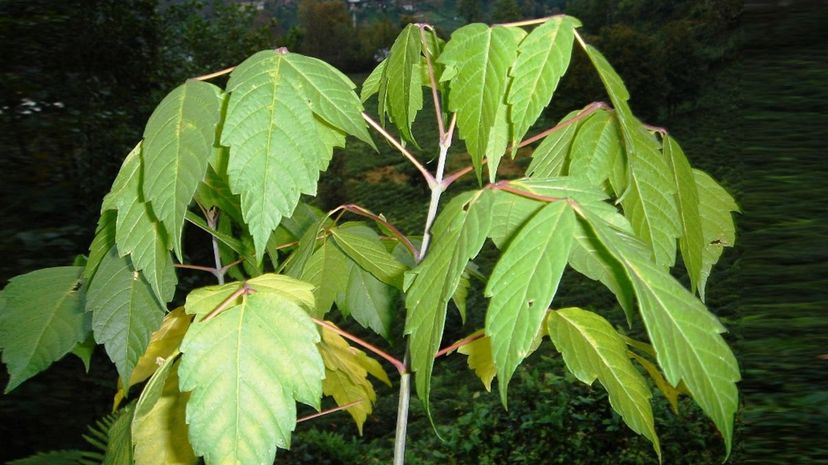
Boxelder maple is one of the less desirable maple trees out there thanks to the fact it doesn't live long compared to many other trees. While we've all heard of trees that can be hundreds maybe even thousands of years old, boxelders have an average life span of maybe 60 years or so.
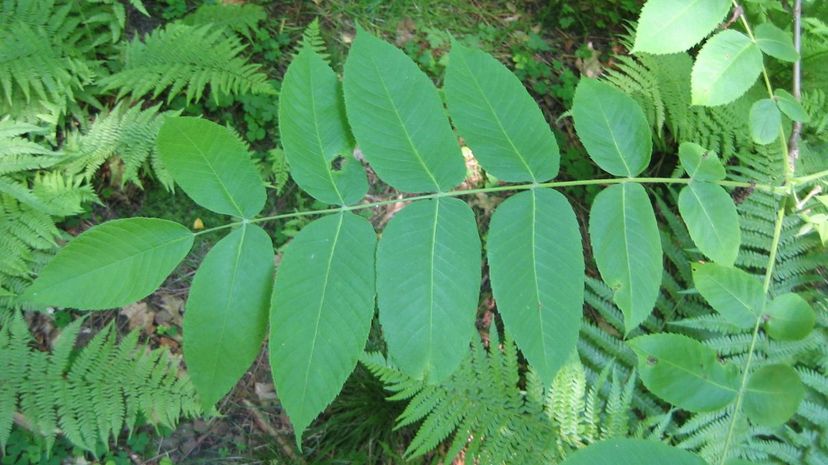
The butternut tree is sometimes called a white walnut and produces fairly large, green-husked nuts that look a bit like unripe lemons at first glance. The nuts they produce have the highest oil content and the highest food value of all walnuts.
Advertisement

The pits of black cherries, like many fruits, contain something called cyanogenic glycosides. When you break the seed down, like by chewing or grinding it up, it releases compounds that turn it into poisonous cyanide, which you definitely don't want to ingest.
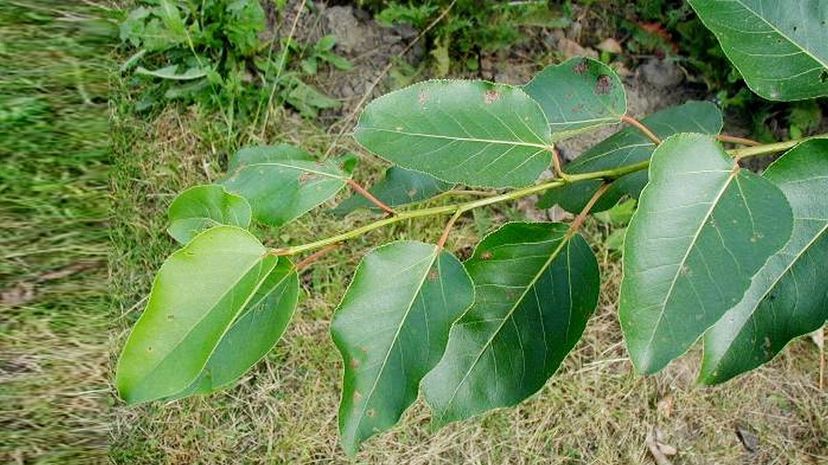
The California poplar can be a pretty massive tree when it's full-grown, towering to heights of over 150 feet. Some specimens of the tree can also live for over 400 years. The largest in the world right now is in Oregon and is 155 feet tall and 29 feet around.
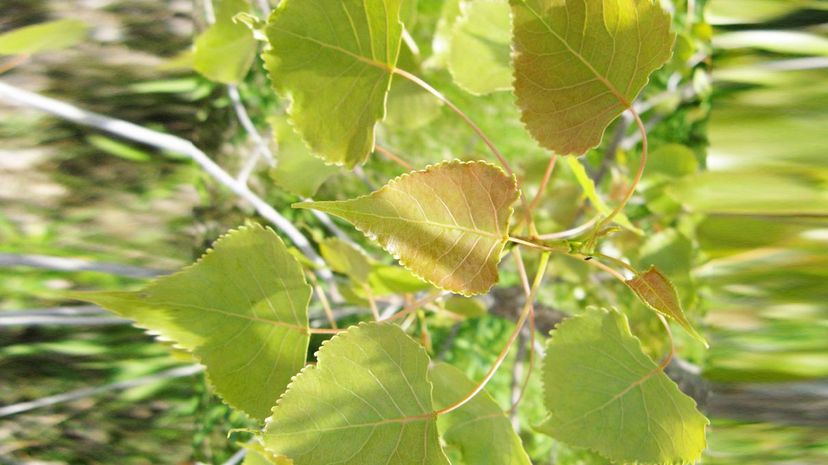
Eastern cottonwoods can be found all over North America and are often cultivated for their lumber. The wood is soft and makes for some decent plywood. It gets its name from the fact that when it seeds it creates fluffy, white seed pods that look like puffs of cotton. If you have allergies you already know this.
Advertisement

Few trees are as legendary as the giant redwoods of California. These are literally the biggest trees on Earth and some have grown to a height of over 300 feet. Not only that, they can be incredibly old, and at least one has been dated at 3,500 years old. Imagine what that thing has seen. Well, if it had eyes.
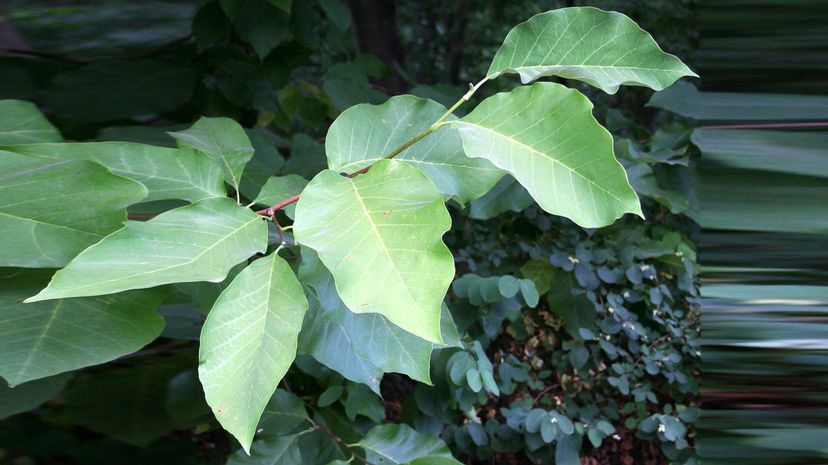
Cucumber magnolia gets its name from the seeds it bears. When it fruits, the unripe ones look like little cucumbers. In time they turn red and split open releasing individual seeds.
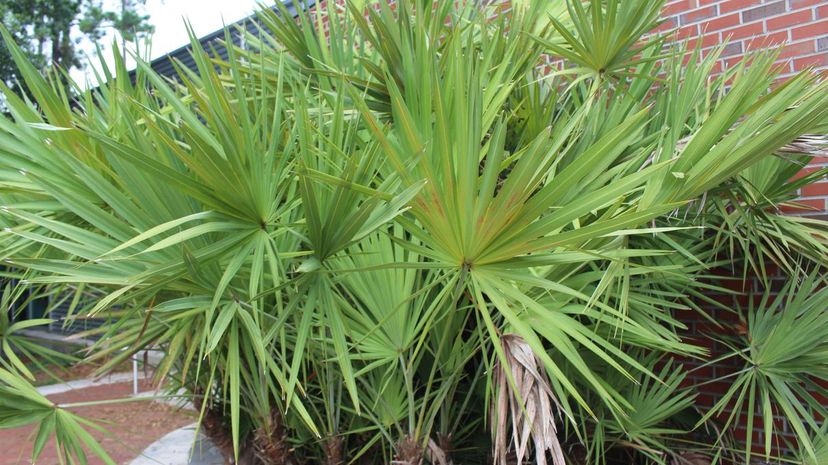
Saw palmetto is most often found in Florida and despite its small size it can grow to be remarkably old. Some of the oldest specimens in Florida are 500 years old or more. Extract of the tree is sold as an herbal treatment for prostate issues but there is no scientific evidence that it has any effect at all.
Advertisement
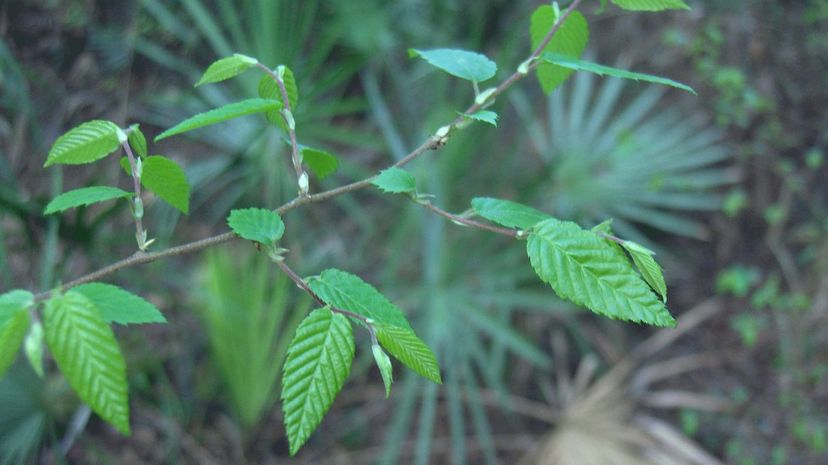
American elms used to be some of the most popular trees in America before Dutch elm disease killed off many of them. Only about 1 in 100,000 trees are resistant to the fungus that causes the disease.
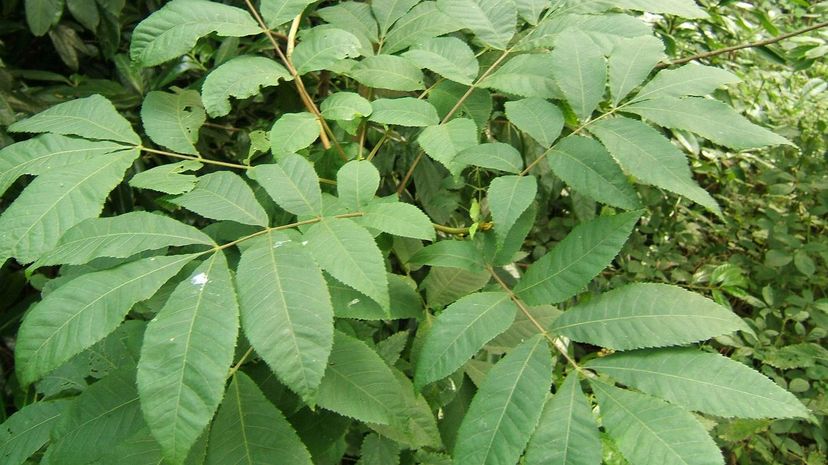
Bitternut hickory produces some of the most widely used wood you can find. Aside from its value in smoking meat (hickory flavor is one of the best you can get), the wood is hard and durable and good for making everything from furniture to hunting bows.
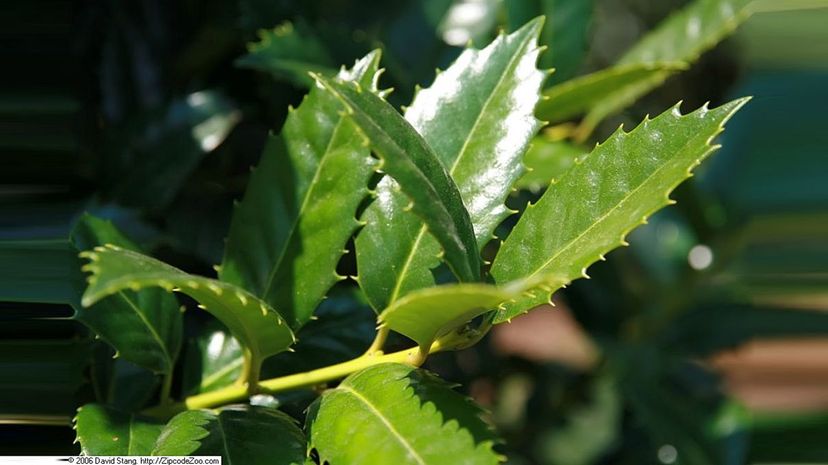
The bright red berries and rich, green leaves of holly are a frequent symbol of Christmas. It's worth noting that the leaves are toxic and the berries can be deadly if too many of them are eaten. Just a few will cause cramping, vomiting, and diarrhea among other issues.
Advertisement
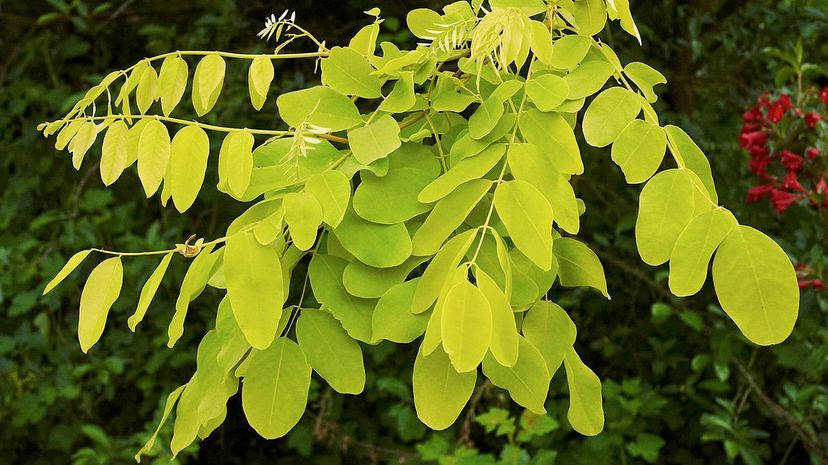
Black locust trees produce vibrant yellow flowers known to attract many bees which make it a prominent honey producer. The honey is often called acacia honey and the tree itself is sometimes called a false acacia.
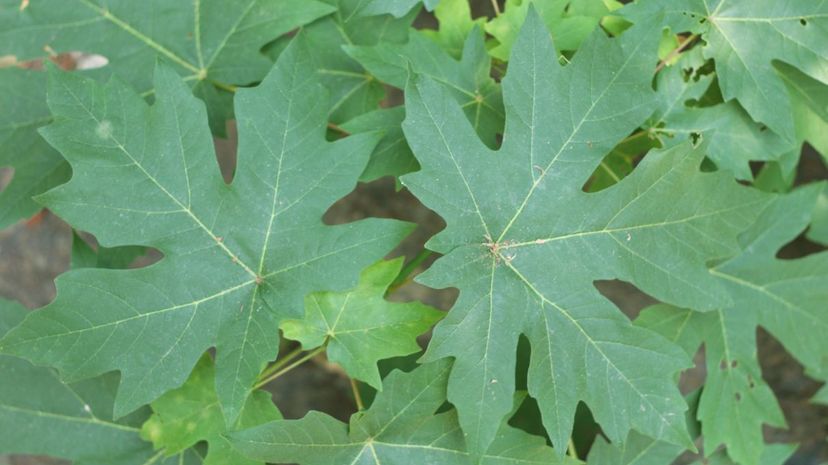
Bigleaf maple can be used for making maple syrup but it's not often tapped for that job since the sugar maple has a much higher sugar content and produces a higher-quality syrup.
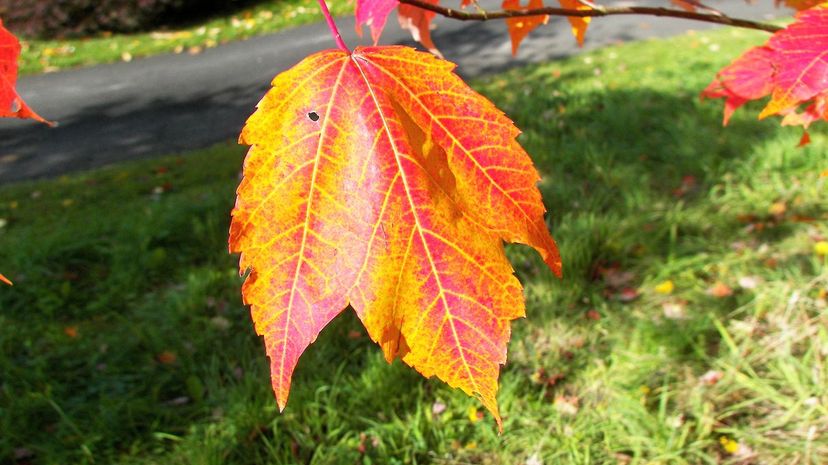
Red maples are an extremely common sight all over North America but it's most noticeable during the autumn. When the leaves change color they take on a remarkably rich red shade makes them quite beautiful.
Advertisement
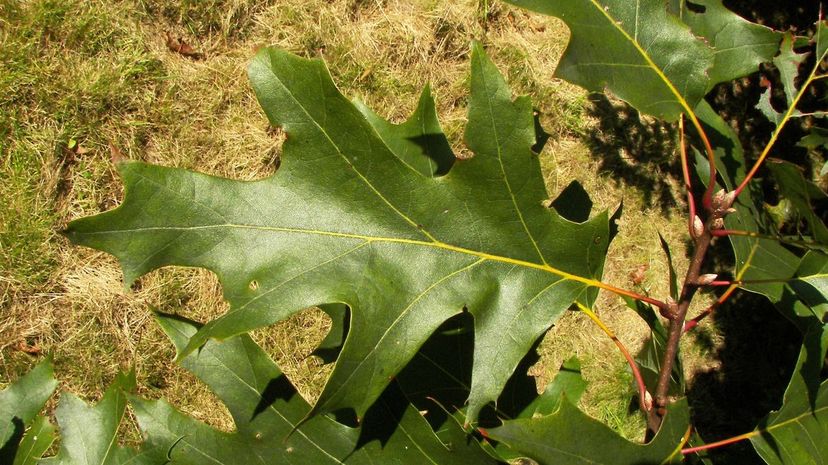
Thanks to their incredibly thick bark, black oaks are able to stand up better to fires than most trees. Smaller fires may leave the tree mostly unharmed but after major fires, it can be quick to resprout.
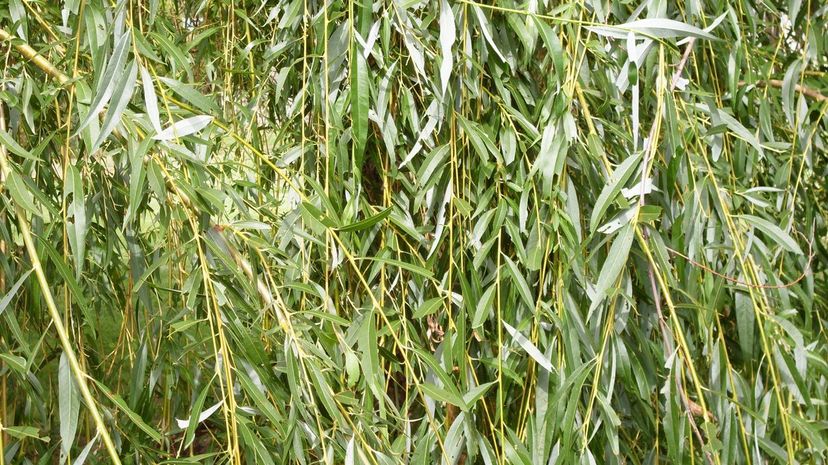
Weeping willows have been traded for thousands of years along the Silk Road, spreading for Asia to Europe and North America where they became a favorite decorative tree. They're also often mistaken for Euphrates poplar, which looks very similar.
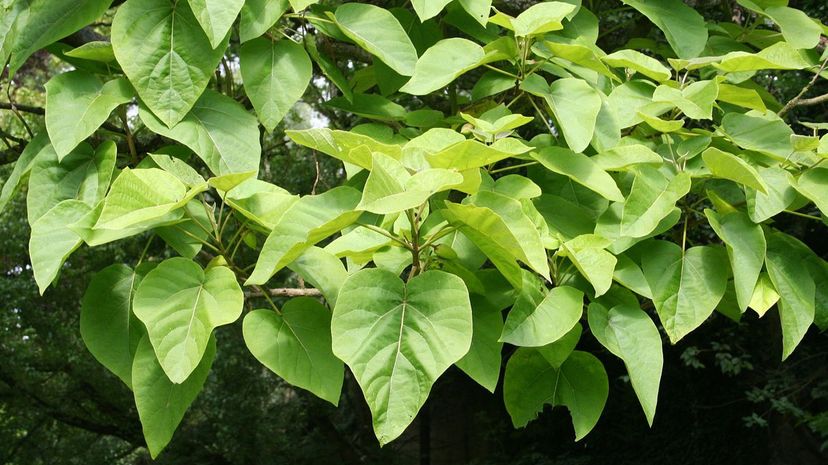
The princess tree was named for Anna Pavlovna, the Queen Consort of the Netherlands. The tree was named in her honor and has become an invasive tree in North America where it was introduced as an exotic ornamental tree some years ago.
Advertisement

Pecans are actually a member of the hickory family and most famous for the nuts that the trees produce. The United States produces nearly 300 million pounds of pecans every year, while Mexico produces nearly the same amount. The two countries together account for nearly all the pecans in the world.
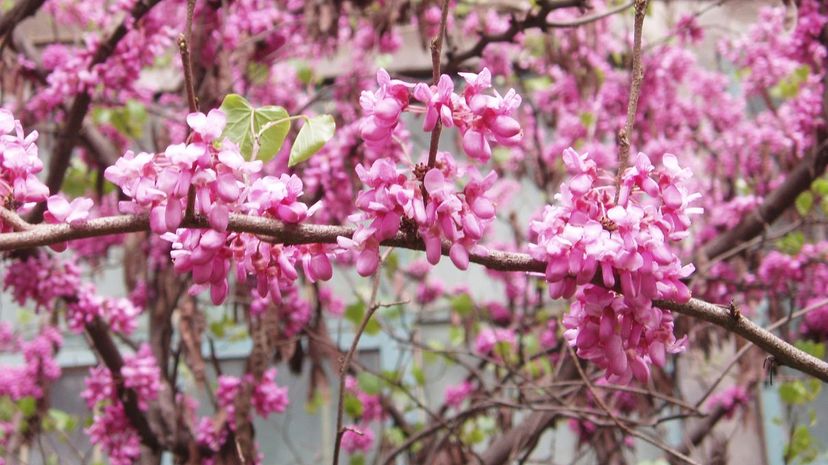
Redbud trees are named because of their obvious and distinctive red and magenta flowers. Some kinds of the redbud are called the Judas Tree as it's believed this was the kind of tree Judas hung himself from.

Sassafrass root was traditionally the root that made up root beer. These days it's no longer used as the FDA banned the use of sassafras oil because of a potentially carcinogenic compound found in it.
Advertisement
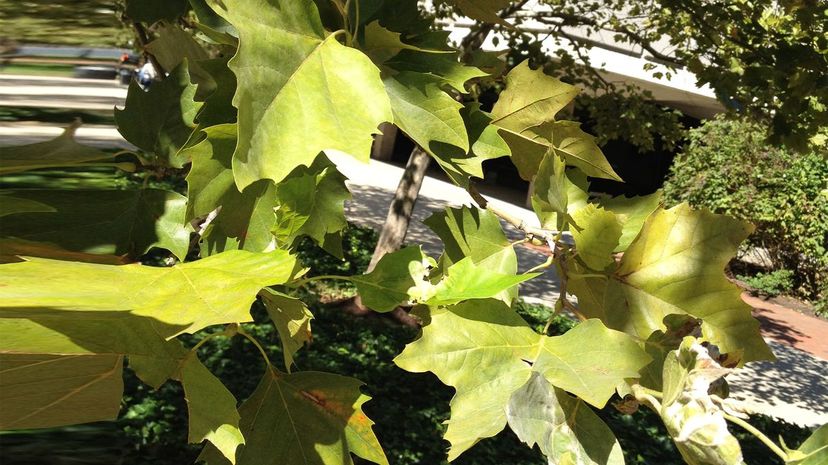
The sycamore, or sycamore maple, was originally native to Central Europe and Western Asia. It's been in the UK since the 1500s and is currently growing quite well throughout the rest of Europe, North America, and Australia.
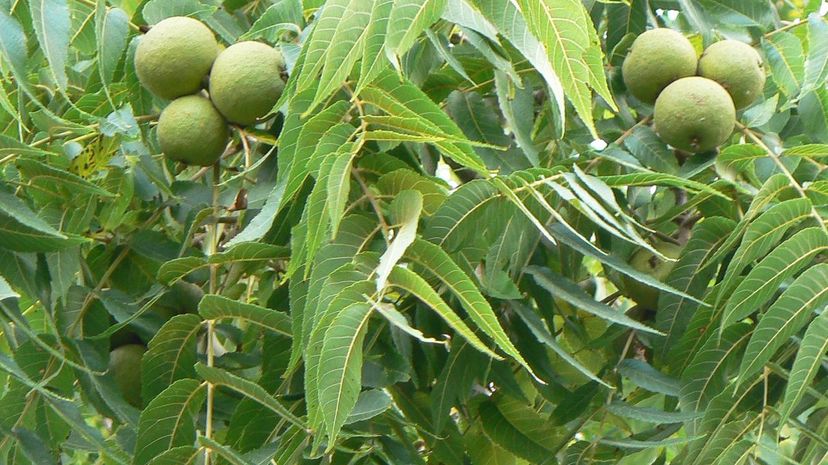
Black walnut is a fairly valuable tree as trees go thanks to the fact that both its wood and its nuts are widely used and very popular. The dark brown wood makes for some pretty snazzy looking furniture and walnuts are, you know, walnuts.

If you ever find yourself in a forest of sweetgum trees with no chewing gum and a desire to get your jaws working, cut a branch and let the sap bleed out. It got its name for the sap which can be chewed but, it's worth noting, is not nearly as sweet as the name may imply.
Advertisement
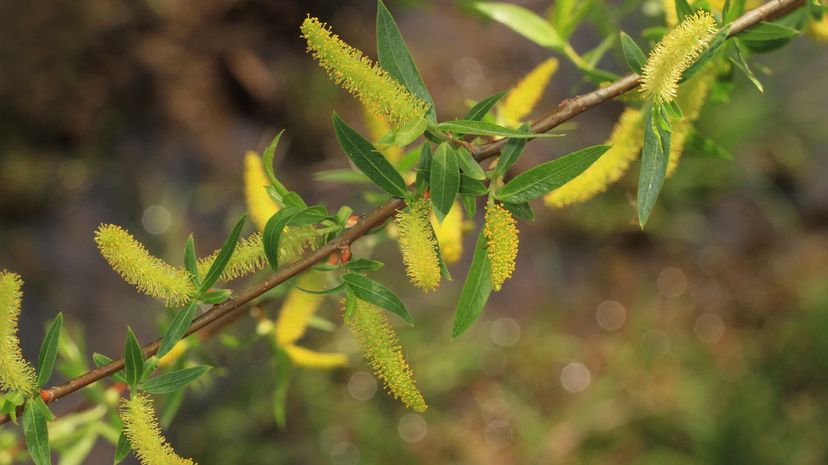
Black willow gets its name not from its leaves which are as green and verdant as any tree but from its incredibly dark bark which ranges from grey-brown to an almost-black color. The bark also contains salicylic acid, which is chemically very similar to aspirin.

The quaking aspen has the distinction of being perhaps the biggest and oldest living thing in the world. These trees grow in what is called a clonal colony, s0 all trees are connected below the ground and are considered one organism. There is a colony called Pando in Utah believed to be over 6,000 tons and 80,000 years old.
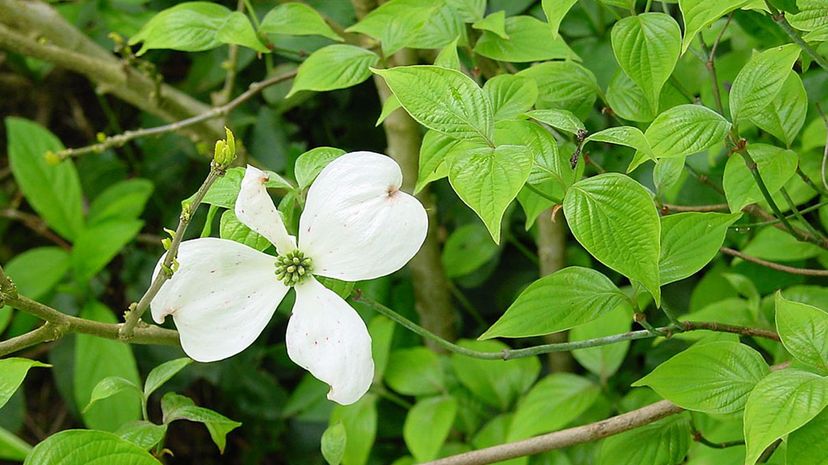
Flowering dogwood can be found all across the Eastern United States. 40 of them were gifted to Japan back in 1915 as part of an exchange between the US and Japan while the US was gifted cherry trees. In 2012, 3,000 more were gifted to Japan to commemorate the 100 year anniversary of the cherry trees that were given by Japan.
Advertisement
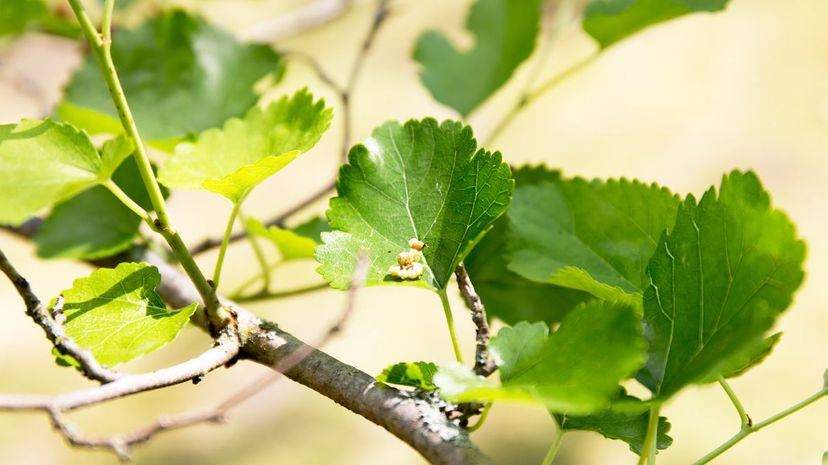
Mulberry trees produce a fruit that looks an awful lot like a blackberry when fully ripe. The fruit is edible and actually quite tasty but they're not widely cultivated so usually, you have to stumble across a wild one if you want to try it.
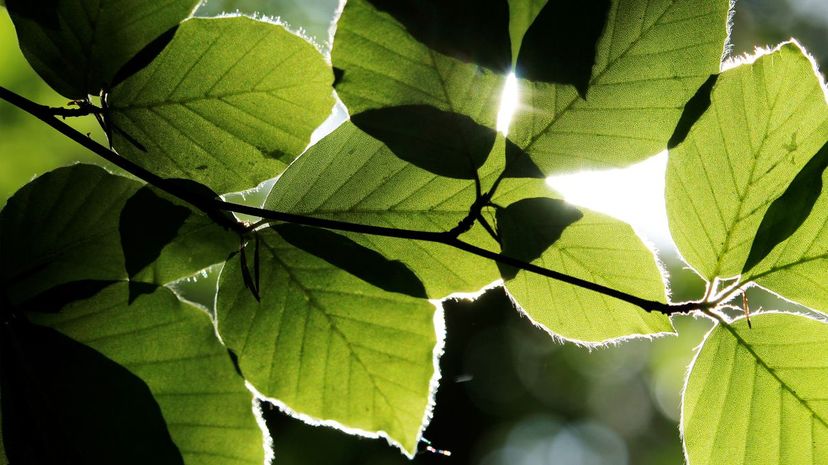
Beech trees produce beech nuts which can be eaten though most people don't particularly enjoy the taste. On the other hand, the young leaves of beech trees can make a pretty decent salad green and are said to taste a bit like cabbage.
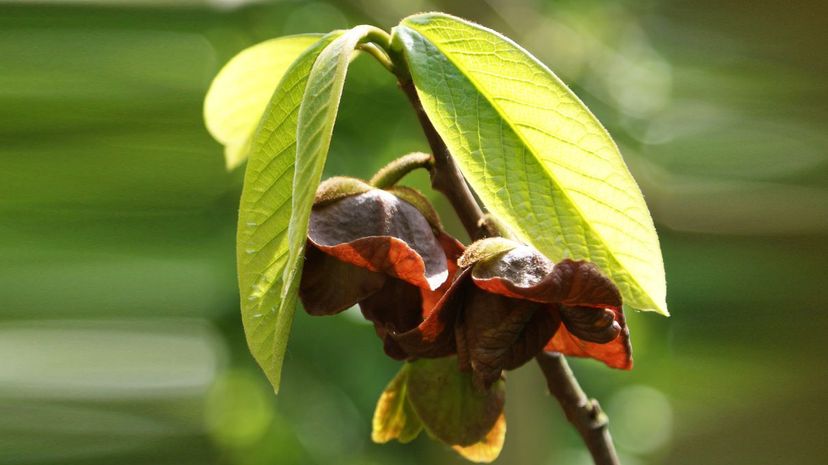
The pawpaw tree produces a fruit that looks a lot like a mango on the outside but has a creamy, white fruit inside speckled with black seeds. It's said to taste like a mix of cantaloupe, mango, and banana. Unfortunately, it only stays edible for a few days and transports very poorly, so most people have never tried one.
Advertisement
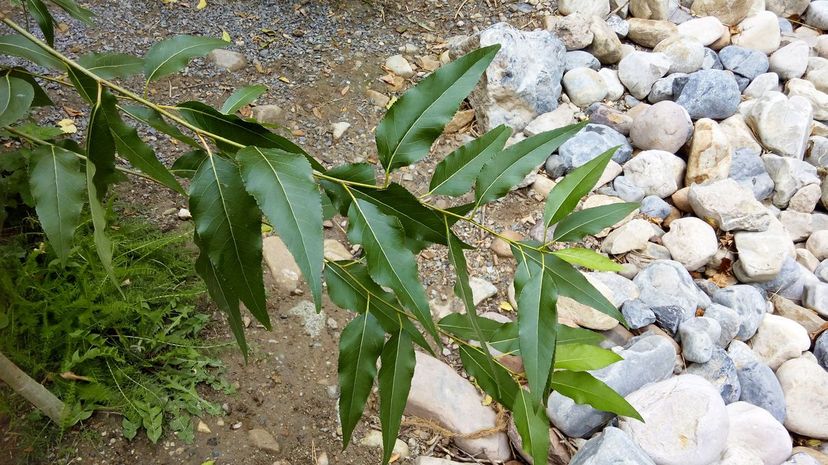
The narrowleaf cottonwood is known for growing sticky buds that were harvested by Native American tribes such as the Navajo and Apache. The natural gumminess made them a sort of proto-chewing gum.
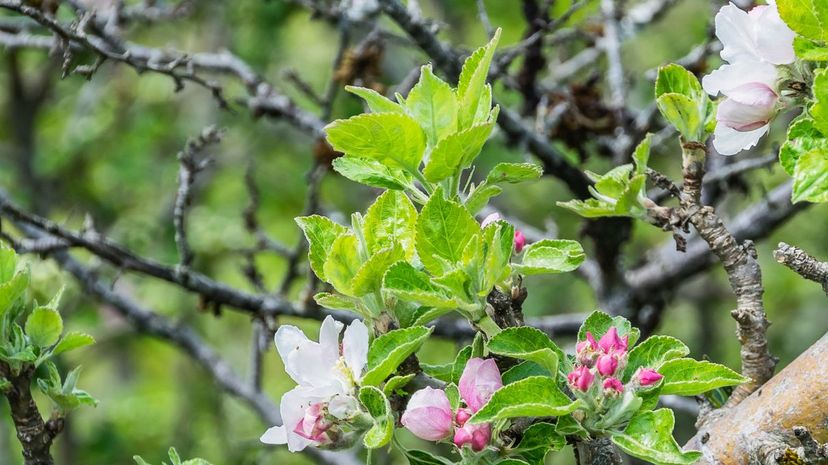
Apple trees grow all around the world and they come in a staggering variety. While most of us are familiar with the handful of apples you can find at the grocery store, there are actually over 7,500 hundred varieties in the world.
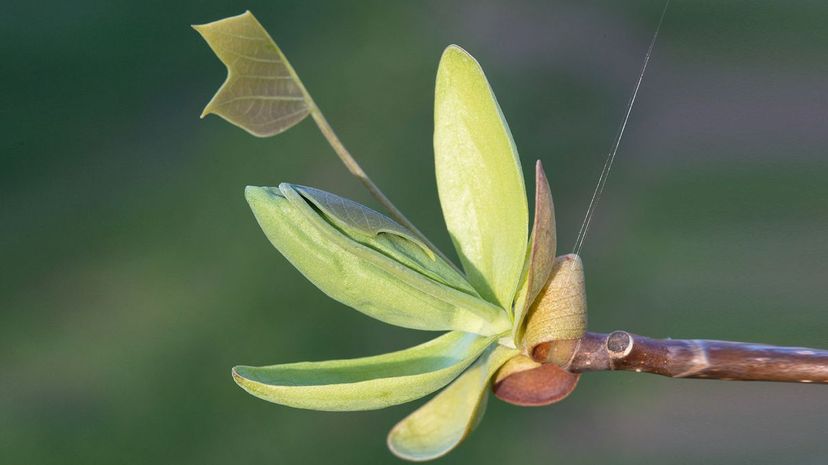
The tulip tree gets its name from its tulip-like flowers but strictly speaking it's not a tulip. They're also incredibly old trees and fossilized ones have been found dating back to at least 65 million years in the past.
Advertisement
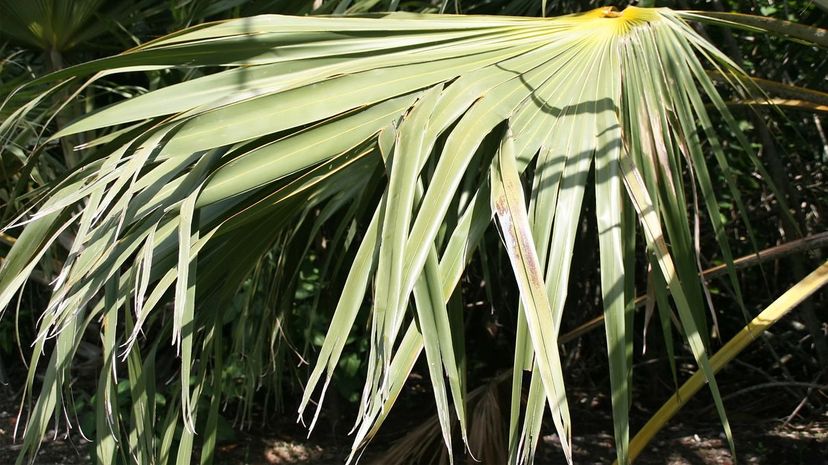
Palm trees are found pretty much all over the world from South America to the Caribbean to Asia and beyond. Humans have been using palm trees for longer than civilization has been a thing, which is pretty impressive.